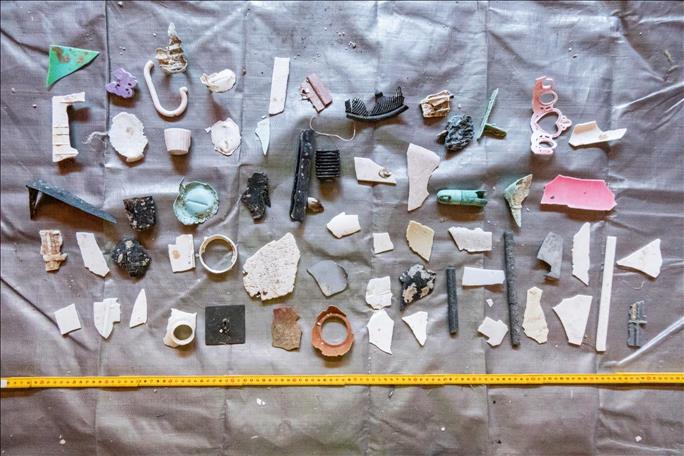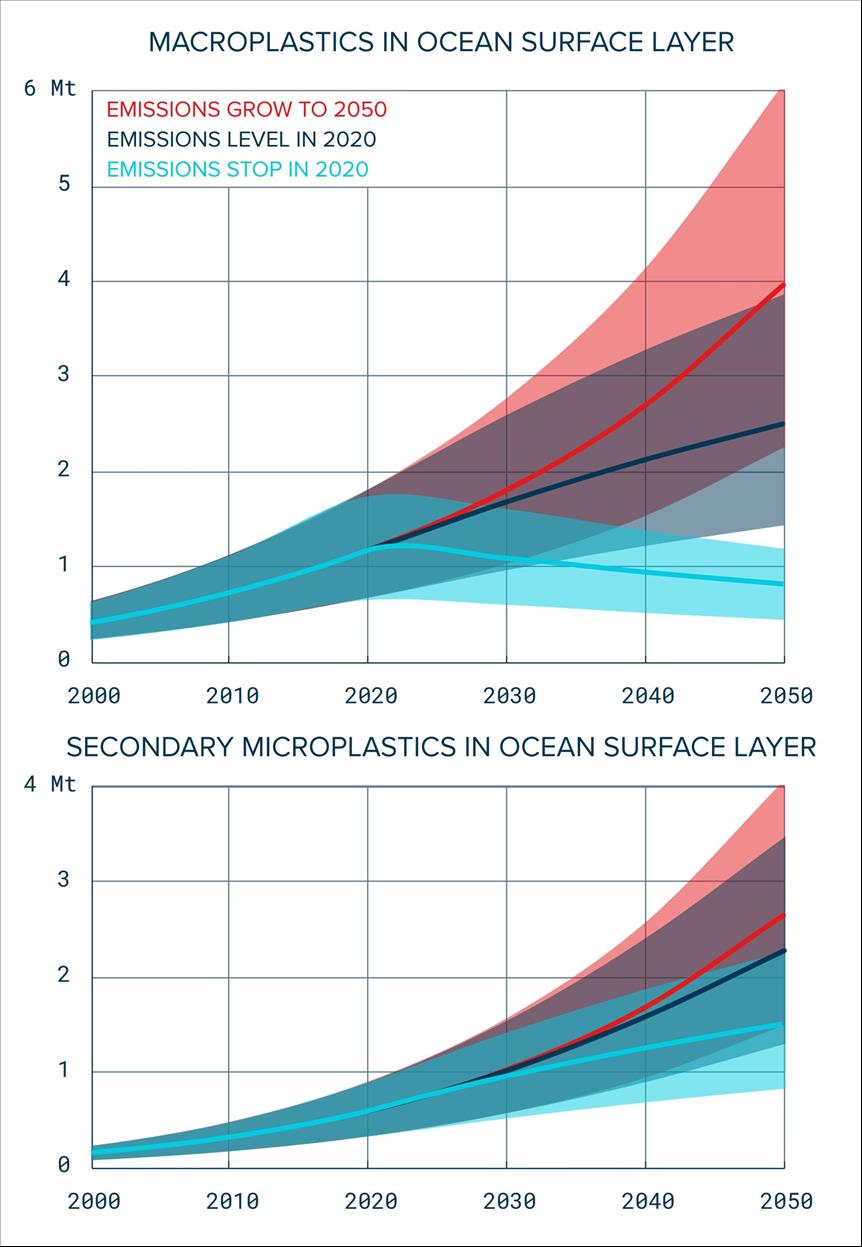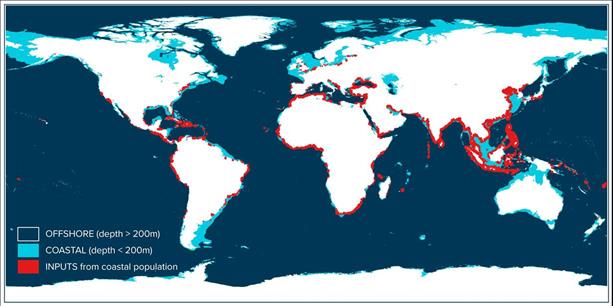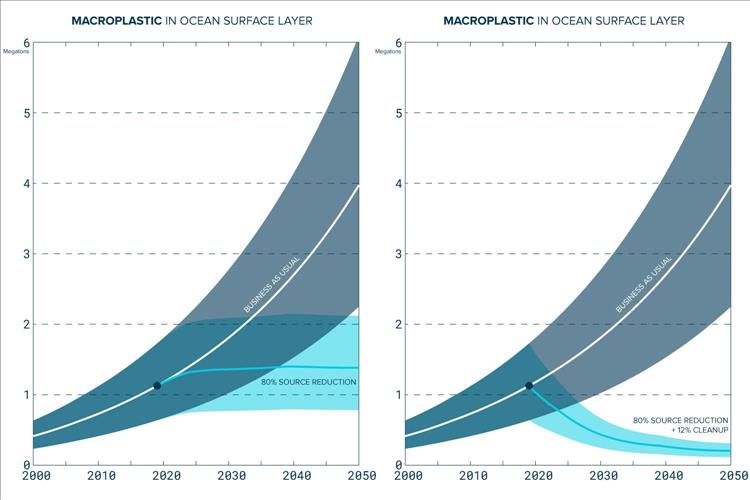(MENAFN- The Conversation) You're probably used to hearing that the ocean is full of plastic, but scientists are puzzled by a rather different problem – there actually appears to be a lot less of it than there should be. Most large plastic debris floats, but observations of it on the sea surface offshore are far lower than what would be expected, considering that 8m metric tonnes of plastic is estimated to empty into the ocean from land each year.
Scientists assumed that the missing plastic has simply broken down into tiny microplastics and sunk to the sea floor. These particles are smaller than 5mm and either sink or float depending on the type of plastic and what happens while they're in the ocean. But there's still plastic that has been floating at the surface in the open ocean for decades , so clearly not enough has fragmented to account for the discrepancy. So where's the rest of it going?

Hard plastic fragments recovered from the Great Pacific Garbage Patch. The Ocean Cleanup To try and solve the mystery, scientists from The Ocean Cleanup – an environmental organisation dedicated to removing plastic waste from the ocean – modelled how plastics move in nearshore and open ocean currents to predict where they're accumulating. Their findings suggest that even radical action to phase out plastics wouldn't prevent a potential explosion in marine microplastics by mid-century.
Where does all the plastic go?

Plastic emissions from land are projected to climb into the future. The Ocean Cleanup The researchers found that nearshore currents tend to trap a lot of plastic debris in coastal waters. The plastic that you find littering the strand line on beaches is brought in with the tide and then taken out again. It may swirl around offshore for a while and travel further along the coast, but this plastic tends to return to beaches and may stay stuck in this rhythm – from beach to coastal waters and back – for many years.
Occasionally, some of this plastic escapes the nearshore currents and is buoyed far out to sea by oceanic currents. The plastic waste that's found far from shore – such as in open ocean areas like the Great Pacific Garbage Patch – probably arrived there after a journey of years or even decades.
This means that the plastic on beaches and in coastal waters tends to be much 'younger' than that polluting the open ocean. The study found that 79% of all the buoyant plastic in surface waters near the shore came from objects that were less than five years old. Meanwhile, microplastics found far offshore likely broke down from plastics that were created as long ago as the 1950s.

Nearshore currents delay the journey of plastic from land to the open ocean. The Ocean Cleanup For that reason, travelling out from shore is a bit like travelling back in time. The further you get from land, the older the plastic waste tends to be. The plastic spoon you find tangled in seaweed on the shore may only be a year old. Tiny particles in the middle of the Atlantic Ocean may have came from plastic that was produced during the Cold War.
Read more: Designing new ways to make use of ocean plastic
The reason why there seemed to be plastic missing from offshore waters is because so much of it accumulates in coastal waters, as nearshore currents keep it there. Only some of that plastic eventually filters out to the open ocean.
Even if all the plastic that's produced on land stopped reaching the ocean tomorrow, the researchers from The Ocean Cleanup predict that marine microplastic could still double by 2050, as the larger debris already out there breaks down. If the plastic debris that's out there isn't actively removed, floating islands of plastic waste could persist in the ocean for several centuries.

Without efforts to remove it, quantities of ocean plastic could still accumulate even as production on land is halted. The Ocean Cleanup Solving the ocean's plastic problem will therefore take governments and manufacturers developing materials that can be re-used and disposed of properly. But it will also require removing the plastic that's already floating in the sea.
Anyone who has ever taken part in a beach clean will appreciate that it can often feel like an uphill struggle, but the new study offers a note of encouragement. By removing plastic from the beach today, you're permanently removing it from the cycle and preventing it from spending many decades in coastal waters or offshore. While much needs to be done, the people who give up their time to scour the sand for plastic pieces should be buoyed by the fact that their efforts do add up after all.
- Plastic
- Rubbish
- Microplastics
- Ocean pollution
- Great Pacific Garbage Patch
- Garbage
- Ocean plastic
- Trash
MENAFN0302202001990000ID1099645997
Legal Disclaimer:
MENAFN provides the information “as is” without warranty of any kind. We do not accept any responsibility or liability for the accuracy, content, images, videos, licenses, completeness, legality, or reliability of the information contained in this article. If you have any complaints or copyright issues related to this article, kindly contact the provider above.